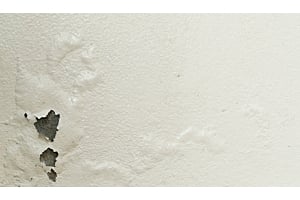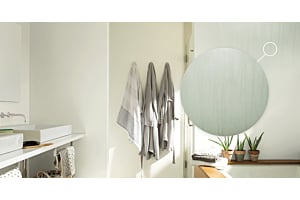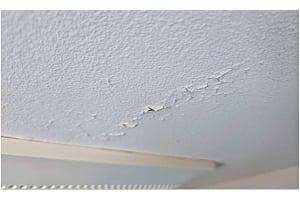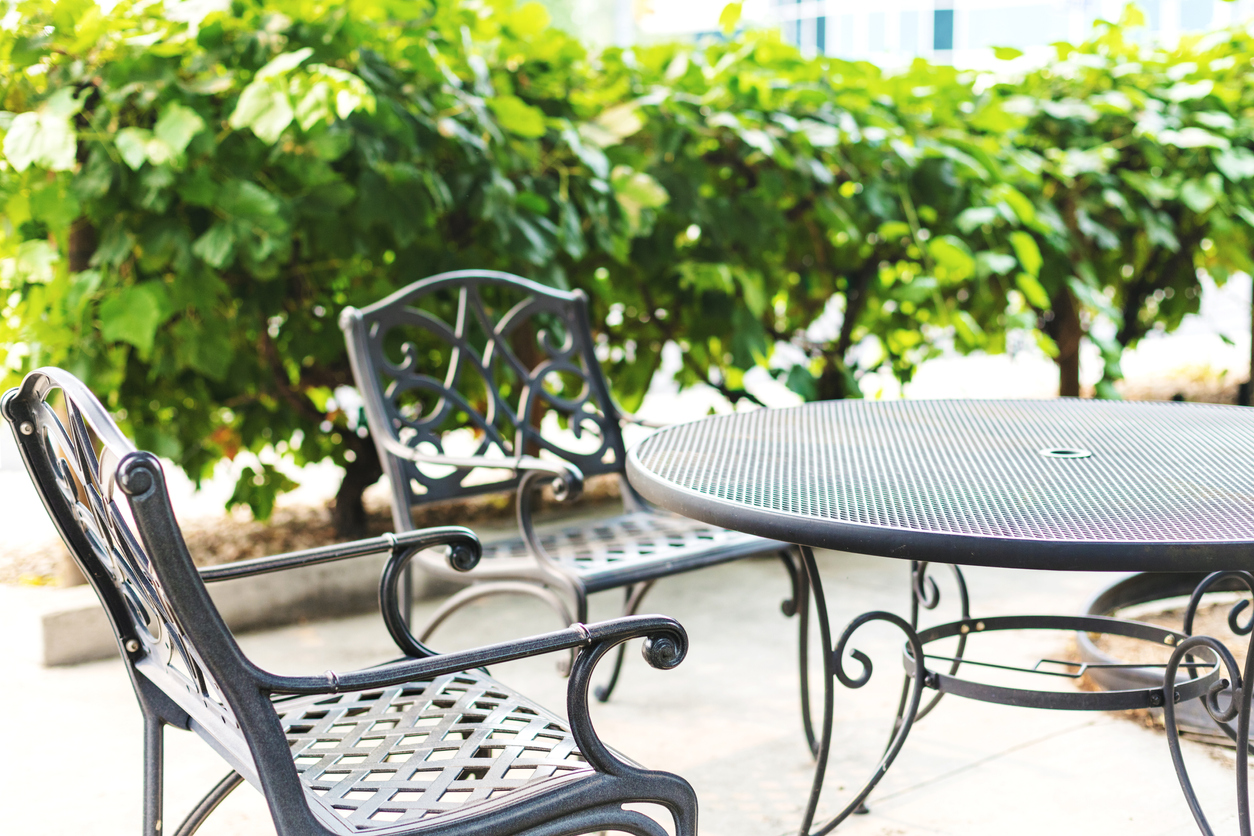
Knowing how to successfully paint metal surfaces is a great skill to have when it’s time to bring new life to your outdoor furniture, mailbox, porch rails, gutters, or other exterior objects. With paint products designed for metal surfaces and some household tools you’re likely to have on hand, you’ll be ready to tackle this DIY paint project.
Step 1: Identify the Metal Type
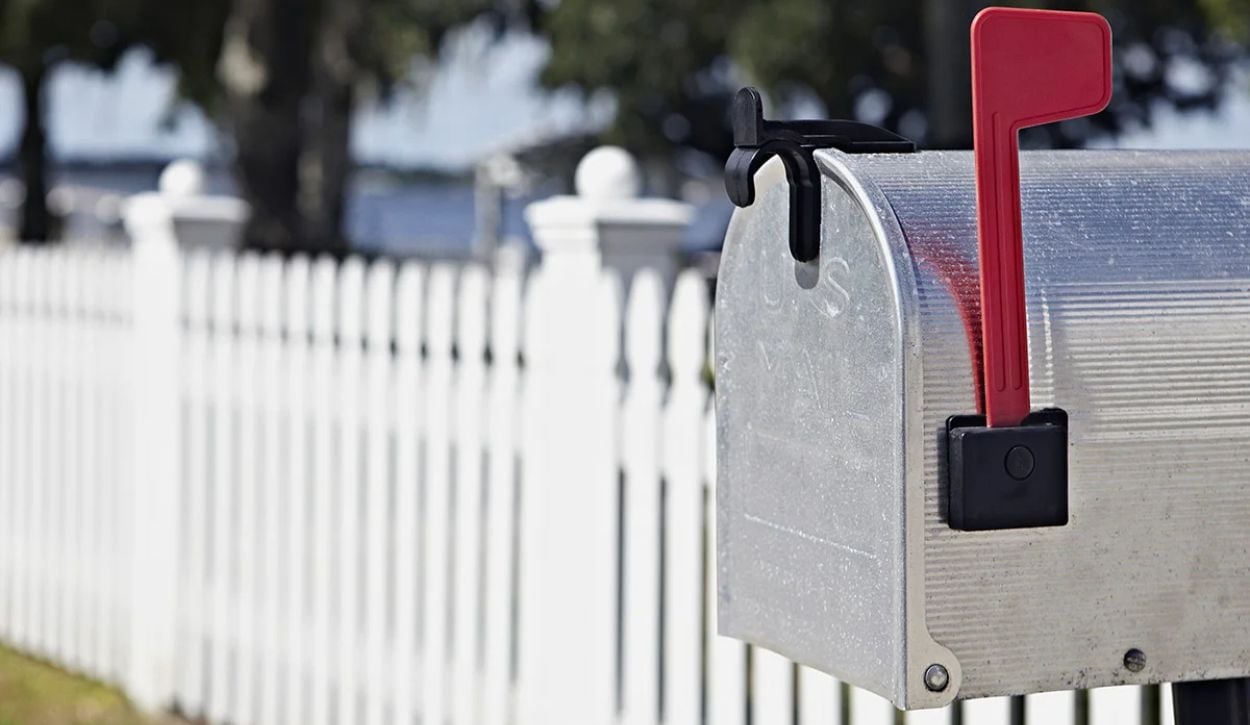
The two basic categories of exterior metals are ferrous metals and nonferrous metals. “Ferrous” – derived from the symbol Fe – means the metal contains a significant amount of iron. Common ferrous metals include cast iron, wrought iron, steel, and stainless steel. Non-ferrous metals you’re likely to encounter include aluminum, copper, brass, bronze, nickel, and tin. Note that galvanized metal (steel or iron with a zinc coating) should be treated as non-ferrous.
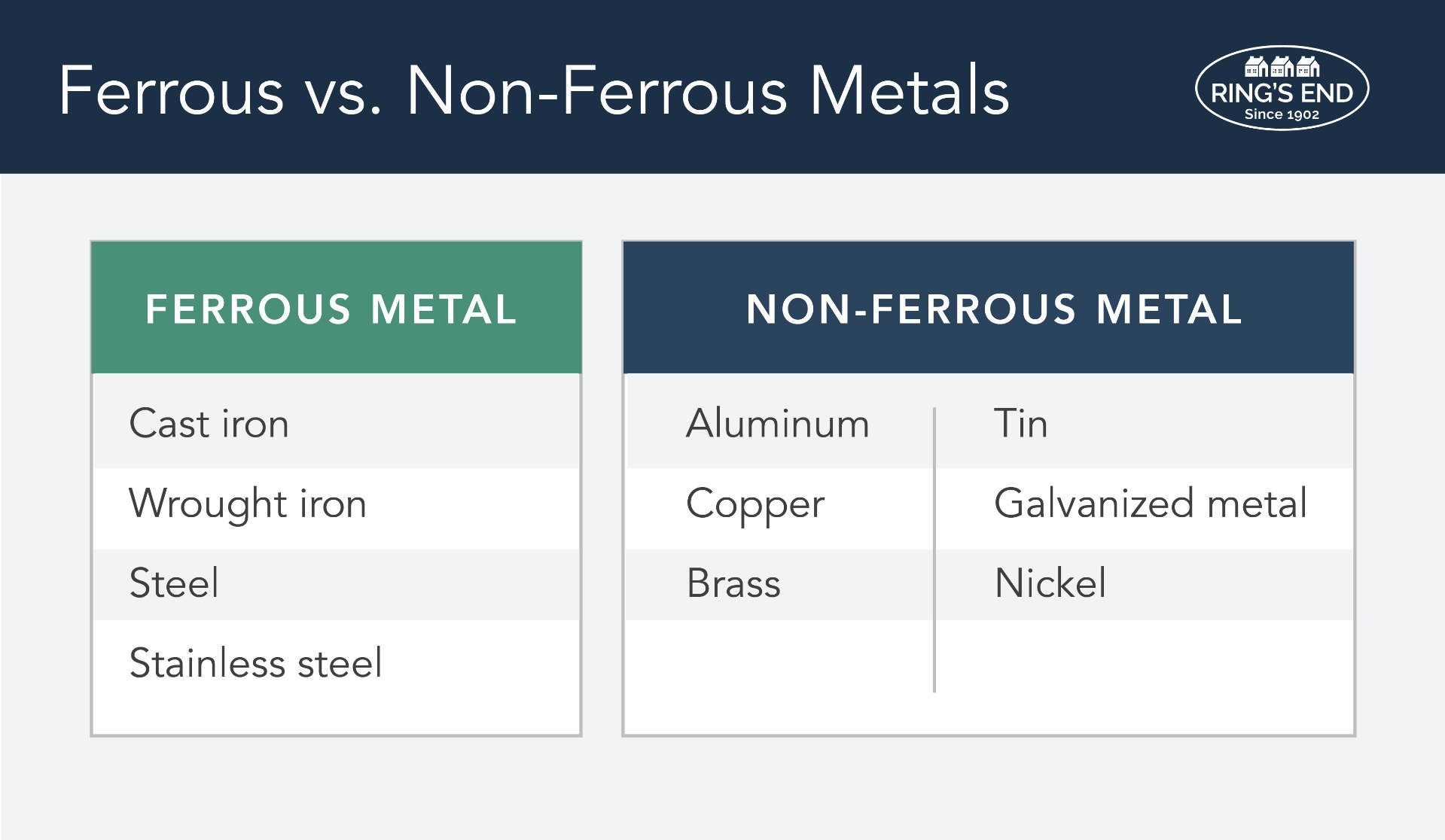
Identifying the metal you’re working with is key for choosing the right type of paint product that won’t cause damage. If you’re not sure about the material, try testing if the object has any magnetic properties – this would indicate a ferrous metal. Just note that galvanized metal is usually magnetic but should still be treated as non-ferrous.
Are you painting bare metal or painted metal?
Re-painting over paint that is still in good condition doesn’t require the same steps as painting bare metal. Unless the previous coat of paint is in bad condition and needs to be stripped, you will typically be able to just clean, lightly sand, and paint over it with a normal exterior paint product. If painting over a shiny pre-finish, use an ultra-adhesive primer such as INSL-X STIX Waterborne Bonding Primer before applying paint.
Step 2: Prep the Surface
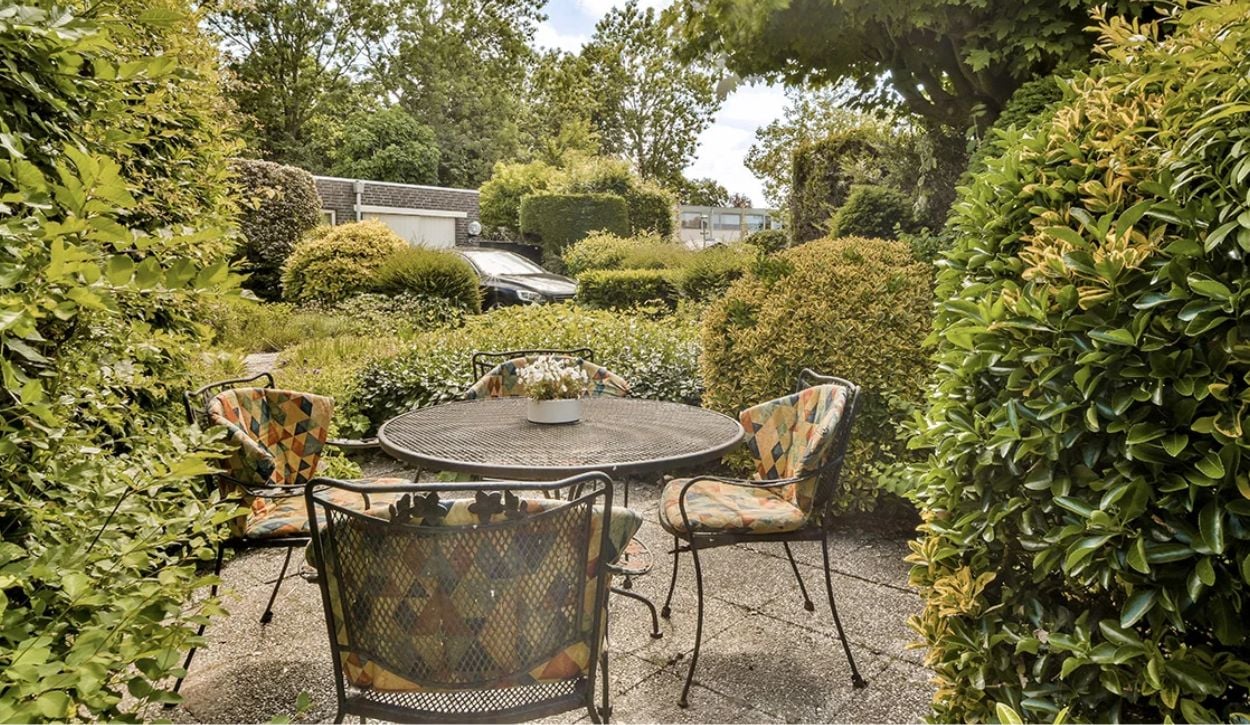
For paint to adhere correctly to a metal object, the surface will need to first be thoroughly cleaned and prepped. Prevent rust and get the longest life out of your paint job with careful attention to this stage of the process.
Remove Rust and Flaking Paint
Old metal objects will almost inevitably have some level of rust or flaking paint from a previous coat. Use an abrasive tool such as a wire brush or a sander to take off rust or old paint. If the surface has corrosion, it may require significant sanding to achieve a workable surface. Using a pressure washer is another effective method for removing unwanted layers without chemicals.
Clean and Degrease
Unlike most other materials, metal does not respond well to water alone as a cleaner. Cleaning dirt and grease from the surface is best accomplished with products like white vinegar, acetone, rubbing alcohol, or detergent. These household items make for effective degreasers that also dry quickly. If there is significant grime build-up that won’t come off with mild treatments, you can also use mineral spirits. You may also need a mold or mildew cleaner is certain situations.
Scuff the Metal
Scuffing is an important step when painting a metal object with a smooth surface, as it allows the primer and paint to adhere properly. Run over the surface of the metal with a scuffing pad, steel wool, or fine grit sandpaper to create the texture necessary for the paint to adhere.
Step 3: Add a Coat of Primer
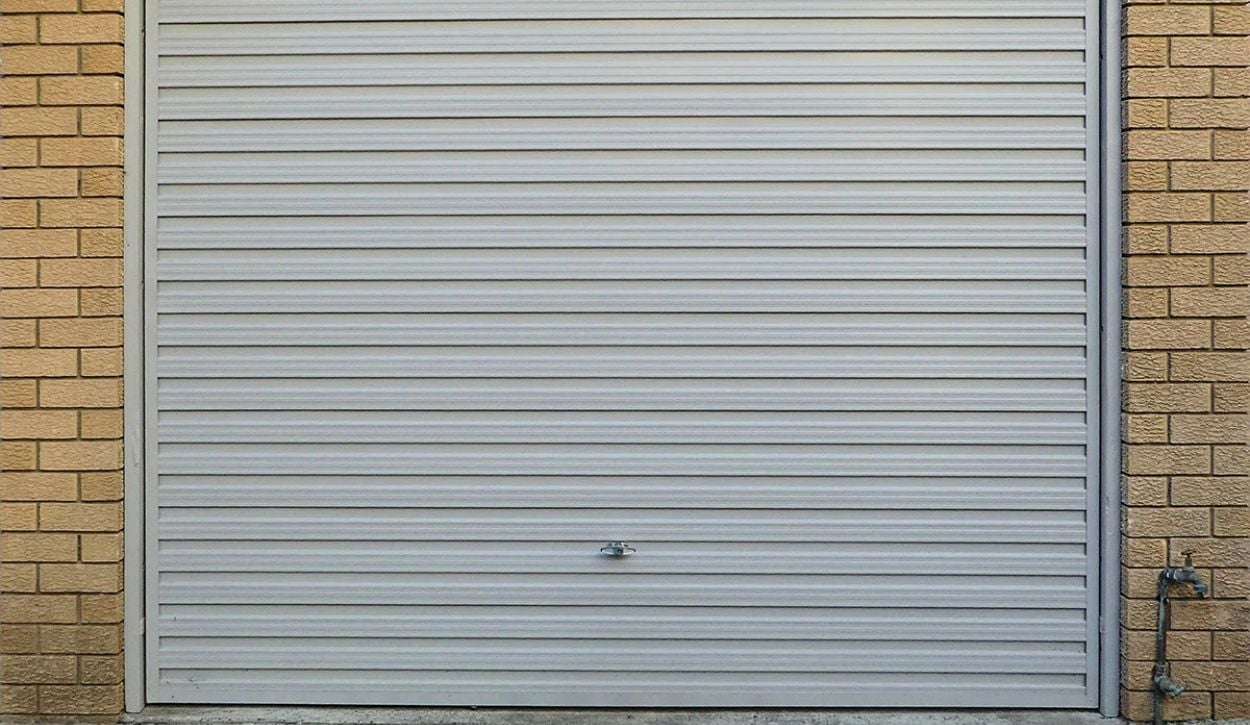
Priming bare metal surfaces is key for avoiding rust and peeling paint later on. Unlike normal primers, metal primers are created with rust-inhibiting properties. Just make sure your primer is also formulated for the right type of metal (ferrous or non-ferrous), as adding the wrong coat can cause damage.
The experts at Ring’s End highly recommend Benjamin Moore Ultra Spec DTM Acrylic Enamel as the best paint for non-ferrous metals, and Benjamin Moore Super Spec Alkyd HP DTM for ferrous metals. These direct-to-metal products include effective rust-inhibiting primers – and the top coat serves as your finish, without needing to buy separate primer and paint products.
If you cannot remove all the rust or have an extremely rusted surface, we recommend spot priming those areas with "Rusty Metal Primer". Rust-Oleum Stops Rust - Rusty Metal Primer is specifically designed with more rust-inhibiting properties to help prevent chipping, cracking and peeling on heavily rusted surfaces.
Step 4: Apply the Paint!
Benjamin Moore Ultra Spec and Super Spec provide excellent adhesion to metal surfaces, as well as long-lasting color retention. Select the right paint-and-primer for the type of metal, and get started on applying the coat!
Note that paint will not adhere to overheated metal. Be careful to not apply paint to metal objects in direct sunlight.
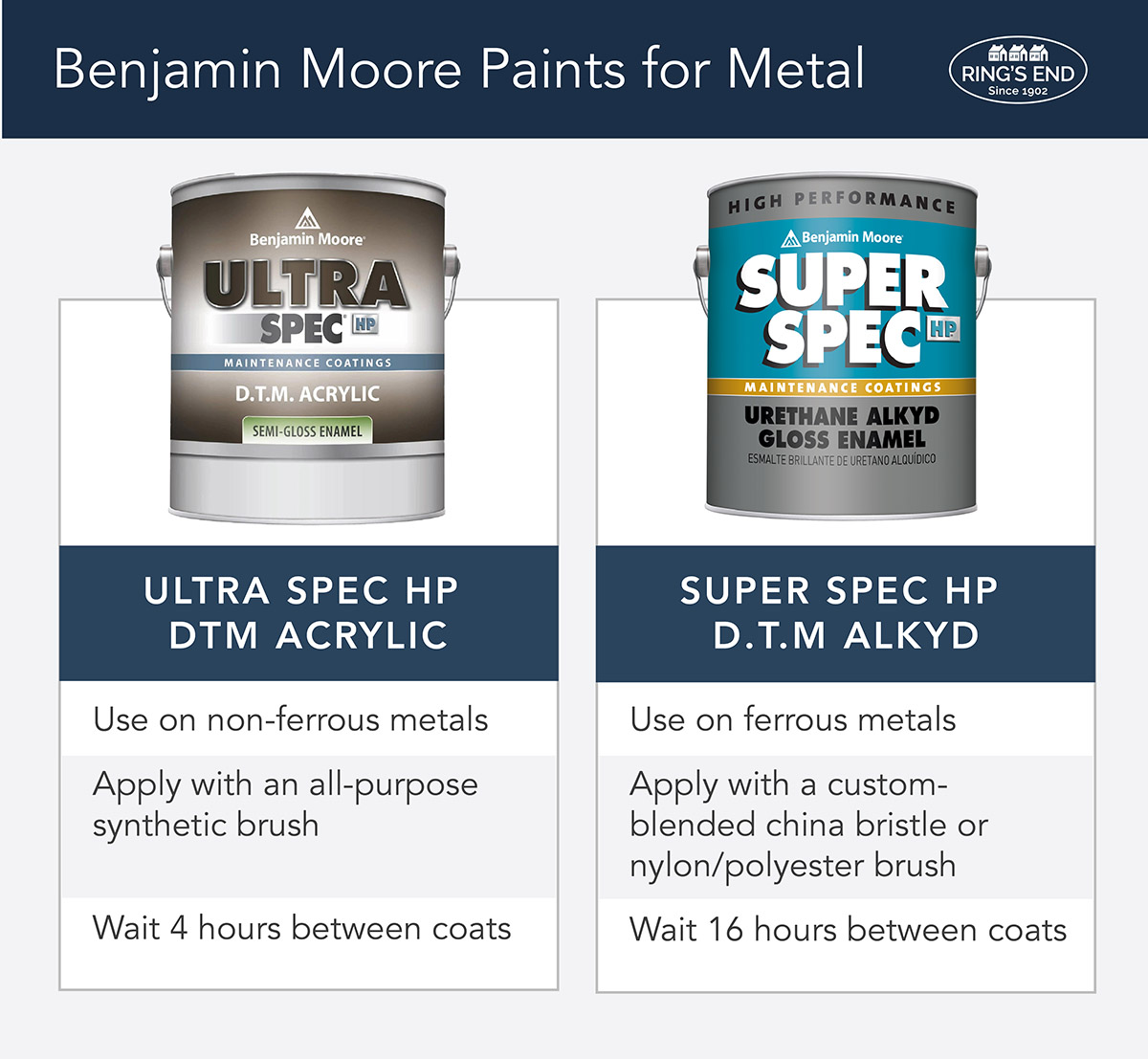
Recommended Coats & Dry Time
If applied to bare metal, the first coat will act as a primer, and the second coat as the layer of paint. Two total coats of paint are recommended for maximum durability.
If using Ultra Spec (non-ferrous), wait four hours between applications and let the paint dry for one hour between touch-ups. Super Spec (ferrous) requires 16 hours between coats, and two hours between touch-ups. Keep in mind that dry times increase during humid weather or cool temperatures.
Paint Applicator Options
The best paint applicator for metal objects will depend on whether you are painting an object with large surface areas, many crevices, or both. Spray paint is a quick, effective applicator for detailed objects, while a paint roller covers bigger surfaces with ease. A paint brush will almost always give you the most control, but be sure to pick the right bristle material for the paint you’re using.
Paint Sprayer
Spray painting metal is a popular option for objects with hard-to-reach nooks and crevices, like furniture. Follow the manufacturer guidelines on how far to hold the sprayer away from the painted object – usually around 12 inches – and maintain sprayer movement to minimize drips and achieve an even coat. Using spray paint tends to result in thin coats, so you may need to go over the surface multiple times. And don’t forget to lay a drop cloth on anything you don’t want to be damaged by overspray!
Paint Roller
A paint roller and/or a paint brush will provide the thickest, most even coat on larger surface areas such as metal garage doors. Use a standard roller (9”) with a short nap (3/16” - 3/8") when painting smooth metal surfaces. You can choose either a natural or synthetic roller cover for alkyd paint like Benjamin Moore Super Spec, but be sure to only use synthetic fibers for acrylic paints like Benjamin Moore Ultra Spec.
Paint Brush
Choose a custom-blended china bristle or nylon/polyester brush to cover ferrous metals with Benjamin Moore Super Spec. Natural-bristle brushes accomplish the smoothest finish with alkyd paints, which have a consistency similar to oil-based paints. But if the metal surface is rough, use a nylon/polyester brush that won’t break as easily as natural bristles.
Apply Benjamin Moore Ultra Spec with an all-purpose synthetic brush. Synthetic brushes are designed to perform well with acrylic, water-based paints that would damage a natural brush.
Shop Metal Paint Products at Ring’s End
We’re confident you’ll find exactly what you’re looking for in Benjamin Moore’s direct-to-metal paint products. This high-quality paint performs well in outdoor environments, and comes in three sheens and over 3,500 colors for endless customization.

Best Paint for Metal: Benjamin Moore Ultra Spec HP D.T.M & Super Spec HP D.T.M.
Find these premium direct-to-metal paints at Ring's End. We ship Benjamin Moore products anywhere in the U.S.!
Find these products and all the tools you need at a Ring’s End, or chat with one of our paint experts for additional guidance and product recommendations for your project. We'll be happy to help!



